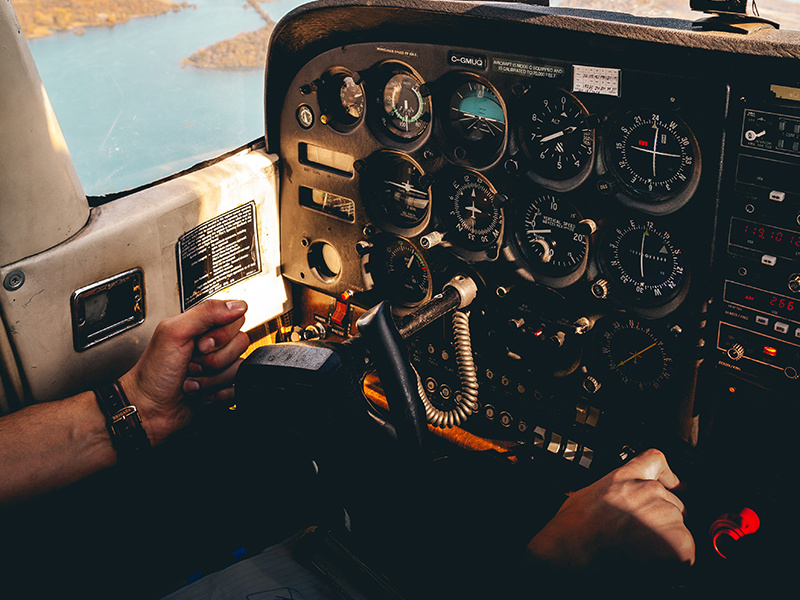


In 2008, the US Federal Aviation Administration (US FAA) downgraded the Philippines’s Aviation industry to category 2. In the same year, European Aviation Safety Agency (EASA) blacklisted the Philippine-registered aircraft from entering its airspace.
This downhill slope in the quality in the Philippine aviation industry has been due to widespread illegal transactions such as distribution of fake certificates, under the table agreements, and fraudulent examination results.
To know the best flight school, it’s really important for any incoming pilot students to investigate the schools that they’re eyeing to. To help you with this investigation, here’s a list of flight school red flags that you should look out for:
Studying to be a pilot is expensive in itself, how much expensive it is to maintain the actual flight school itself? If the school is bankrupt or is showing signs of bankruptcy, don’t pursue your plans in that school. There’s a big chance that the school might close down mid school year, forcing you to a heartache of transferring into another school and paying another full tuition fee again.
In 2014, four flight schools in the country had been temporarily suspended by the Director General of the Civil Aviation Authority of the Philippines (CAAP), Alfonso Cusi. The news says that these schools have failed the auditing standards as well as the required international aviation standards.
A school is definitely a no-no when it doesn’t have any certificates indicating its legitimacy to operate and teach future pilots. To know if your school is accredited by CAAP, check their list of approved schools here.
Flying an actual aircraft is a definite requirement for any pilot student to learn the mechanics of an aircraft in real life. According to ICAO (International Civil Aviation Organization) standard, there should be at least 1 aircraft for every 5 students in a school so that students could finish graduate on time. Students need to fly excellently at least 200 hours of flight hours, so just imagine your struggle on finding another school just to complete that flying requirement.
Some schools actually stamp student logbooks with less than the required flight hours. This is a definite red flag. This transaction might be convenient for the students because they won’t have to undergo more hours of flying, but it will be detrimental to their future career and passengers.
If you hear news in your school about students meeting the 200 hour flight hours when in reality, have only flown for about 80 hours, then you’re in trouble.
News about students getting “packages” (list of examination answers and a license that they’ve passed each of these examinations) in return for US$ 30,000 to US$ 40,000 (P1.4 million to P1.86 million) has been the talk in the aviation industry. Sadly, victims of this modus are mostly foreign students. If you met an agent from a school offering this package, report the school to the proper authority immediately.
—
Getting your pilot license at last is the best feeling in the world. Finding an honest school that will equip you to be competent in the industry is the first step in achieving your dream.
For a school that you can truly trust, WCC Aviation School will not disappoint you and your pocket. Visit their site here: http://www.wccaviation.com/
The information contained in this website is for general information purposes only.
While WCC Aviation Company endeavors to keep the information up to date and correct, we make no representations or warranties of any kind, express or implied, about the completeness, accuracy, reliability, suitability or availability with respect to information published in this website.
Click here to read the Privacy Statement in full